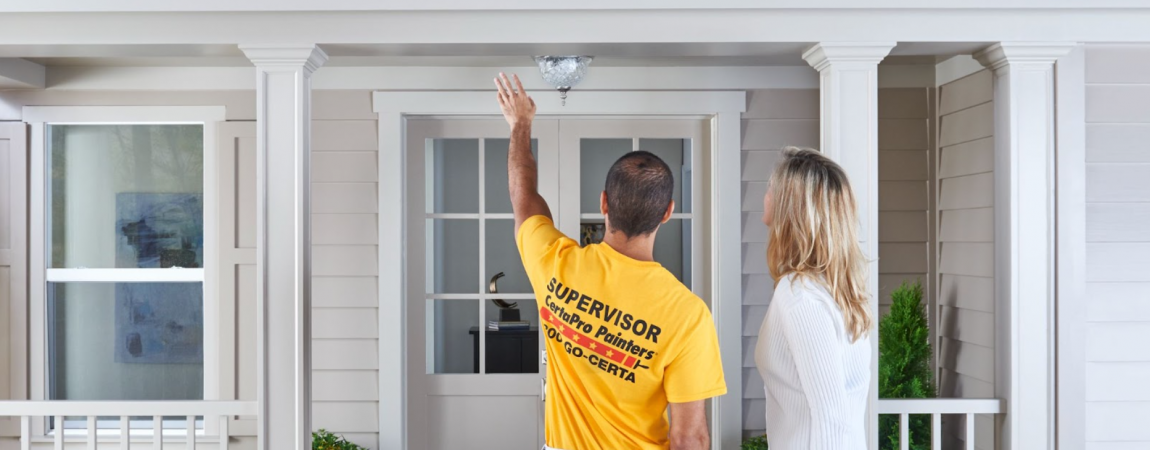
Introduction:
Repainting the exterior of your home is a rewarding DIY project that can enhance its curb appeal and protect it from the elements. In this comprehensive guide, we’ll walk you through the steps of repainting your home’s exterior yourself, allowing you to take pride in the revitalized look of your property.
Assessing the Condition of the Exterior:
Before diving into the painting process, assess the current condition of your home’s exterior. Look for peeling or chipped paint, cracks, or areas that may require repairs. Addressing these issues before painting ensures a smooth and long-lasting finish.
Gathering the Necessary Tools and Materials:
Prepare for the project by gathering the essential tools and materials. This includes high-quality exterior paint, brushes, rollers, painter’s tape, drop cloths, a ladder, and any necessary repair materials such as wood filler or caulk. Investing in quality materials ensures a professional-looking result.
Cleaning and Preparing the Surface:
Proper preparation is key to a successful paint job. Clean the exterior surface thoroughly to remove dirt, grime, and any loose or peeling paint. Use a pressure washer or a scrub brush and mild detergent for this step. Allow the surface to dry completely before proceeding.
Making Necessary Repairs:
Inspect the exterior for any damage or defects. Repair cracks, holes, or damaged areas using appropriate fillers or sealants. Replace any rotted or deteriorated wood, and sand the surface to create a smooth and even canvas for the paint.
Protecting Windows, Doors, and Fixtures:
Before applying paint, protect windows, doors, and fixtures with painter’s tape and plastic sheeting. Cover these areas carefully to prevent accidental paint splatter. Taking the time to protect these elements ensures a neat and professional finish.
Choosing the Right Paint and Colors:
Selecting the right paint is crucial for a successful exterior repaint. Choose a high-quality exterior paint that is suitable for your climate. Consider factors such as durability, weather resistance, and ease of maintenance. Additionally, choose colors that complement your home’s architecture and surroundings.
Applying Primer for Longevity:
Applying a primer before the topcoat is essential, especially on bare wood or surfaces with repaired areas. Primer enhances adhesion, promotes an even finish, and contributes to the longevity of the paint job. Follow the manufacturer’s recommendations for the type of primer needed based on your surface.
Painting Techniques for a Professional Finish:
When it comes to applying the paint, use a combination of brushes and rollers for the best results. Begin with a brush to paint edges, corners, and details, and then use a roller for larger, flat surfaces. Work methodically and maintain a wet edge to avoid lap marks. Apply two coats for a durable and even finish.
Allowing Adequate Drying Time:
Proper drying time between coats is crucial for a successful paint job. Follow the recommended drying times specified by the paint manufacturer. Avoid rushing the process, as this can lead to uneven drying and compromise the quality of the finish.
Inspecting and Touching Up:
Once the paint has dried completely, inspect the exterior for any areas that may need touch-ups. Address any discrepancies promptly to ensure a flawless and professional appearance. Take the time to step back and admire your freshly painted home.
Conclusion – Your DIY Masterpiece:
Repainting the exterior of your home yourself is a satisfying and cost-effective way to rejuvenate its appearance. By following these step-by-step instructions, you can achieve professional-looking results and take pride in the transformation of your property. Regular maintenance and care will ensure the longevity of your DIY masterpiece.
For detailed guidance and additional tips on repainting your home’s exterior yourself, visit Repaint the Exterior of Your Home Yourself.










